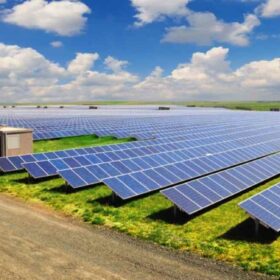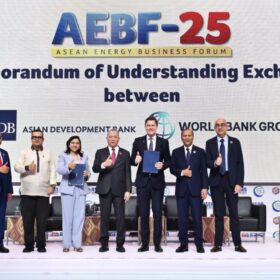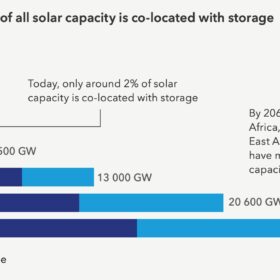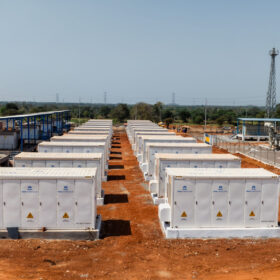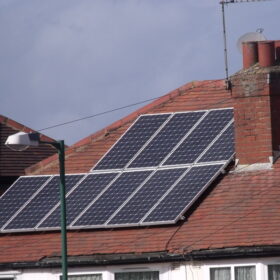Juniper Green Energy commissions 64 MWp of renewable energy projects
Juniper Green Energy has commissioned a 28 MWP wind power project in Gujarat, four months ahead of its scheduled commercial operation date (SCOD), and a 36 MWp solar component of a hybrid project in Maharashtra, 13 months ahead of its SCOD.
Pace Digitek secures INR 1,159.31 crore BESS contract from SECI
Pace Digitek Ltd will be responsible for end-to-end delivery and ten years of service and maintenance contract for a 600 MW/1200 MWh battery energy storage system (BESS) DC package.
Taiwan to revise environmental impact rules amid floating solar scrutiny
Taiwan’s Ministry of Environment (MoE) said it will revise its EIA standards for PV projects, following public scrutiny of floating solar development and online claims that countries such as Singapore, Indonesia, and South Korea already require environmental reviews prior to building such projects. In July, Typhoon Danas damaged floating solar installations in southern Taiwan, stoking public concern […]
Vikram Solar wins 148.9 MW module order from Sunsure Energy
Vikram Solar has secured the order to supply 148.9 MW of its 595 Wp n-type TOPCon modules for Sunsure’s projects across Maharashtra and Uttar Pradesh.
How startups are driving affordable battery solutions for Bharat
With lithium being an imported raw material, recycling and repurposing of lithium batteries once they have completed their lifecycle is paramount. In line with this, Indian startups have come up with several ingenious business models for second-life applications that repurpose EV or lithium-ion batteries for stationary storage.
Cadmium telluride vs. crystalline silicon in agrivoltaics
Canadian researchers investigated how the transparency of cadmium telluride and crystalline silicon solar panels affects lettuce growth in agrivoltaic systems. They found that 69%–transparent silicon panels increased lettuce yield by 3.6%, whereas cadmium telluride panels led to a reduction in yield.
ADB, World Bank commit $12.5 billion to ASEAN Power Grid plan
The Asian Development Bank (ADB) and World Bank have launched a $12.5 billion initiative to finance regional power interconnection in Southeast Asia under the ASEAN Power Grid program.
Beyond energy independence: Backward integration as India’s edge
Countries reliant on imported minerals and components are rethinking energy strategies in solar, batteries, and green hydrogen. Securing upstream and midstream processes is no longer optional but essential for flexibility. India’s integrated approach across mining, processing, and manufacturing positions the country as a challenging player on the world stage.
Nearly half of solar capacity will be co-located with storage by 2060, says DNV
DNV’s Energy Transition Outlook 2025 report also predicts that distributed generation solar should begin outpacing utility-scale installations in some parts of the world by 2060. It adds that the levelized cost of electricity for solar is beginning to plateau and is expected to slow to an annual drop below 1% by the 2050s.
How India’s move to secure rooftop solar data with stricter inverter protocols will help to protect energy sovereignty
India’s decision to tighten inverter protocols and secure rooftop solar data under national jurisdiction is a critical step toward reinforcing its energy sovereignty. With ambitious rooftop solar targets already underway, these measures help ensure that growth in clean energy does not come at the cost of vulnerability in grid security, data privacy, or foreign dependence.
